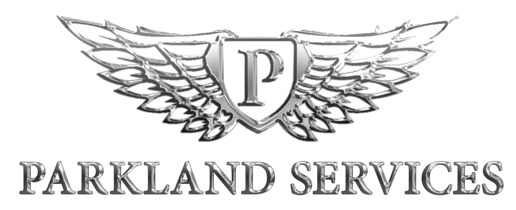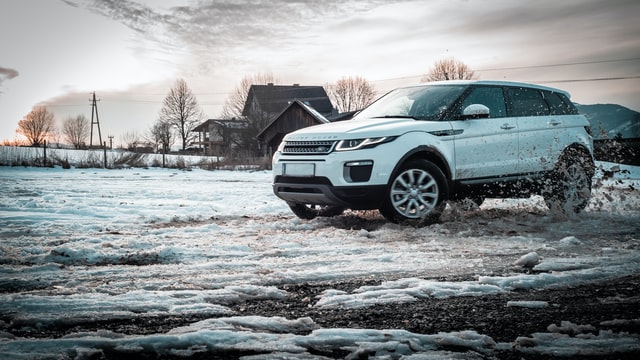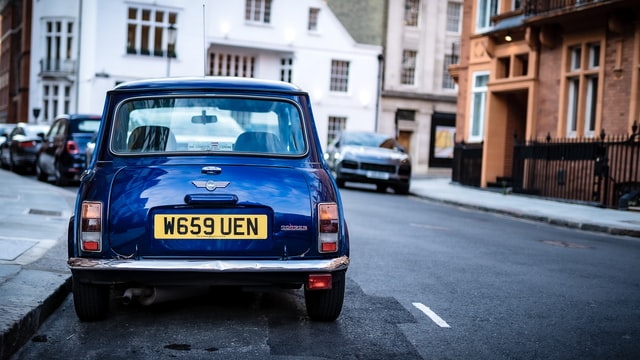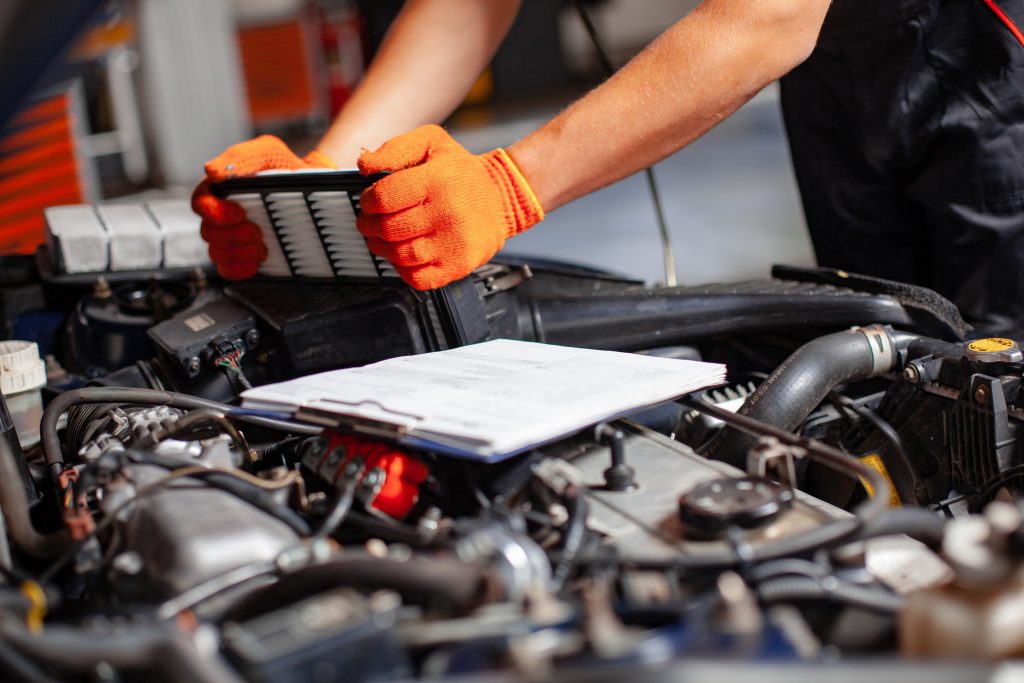As an annual check to ensure your vehicle meets road safety standards, the MOT is a legal requirement that must be performed on every vehicle with a list of checks and standards.
Most MOT fails are caused by things that could have easily been avoided by carrying out checks and simple maintenance. Of course, spending that extra time checking prior to your MOT test will save you time and money in the long run!
In this guide, we’ve compiled a list of what is checked during an MOT and how you can effectively prepare to reduce the chances of the MOT test failing.
Lamps, Reflectors, and Electrical Equipment
Your lamps, reflectors, and electrical equipment are all required to keep you safe and other road users aware of your presence.
Lights and Reflectors
In terms of your lamps and reflectors, this means that all lights (front, rear, brake, fog, indicator, and registration plate) and reflectors are:
- In working order
- Correctly positioned
- Showing the correct colour
- Not adversely affected by the operation of other lights
- Not obscured
Horn
As a crucial electrical component, the horn must emit a loud uniform sound that can easily be heard by other road users when alerting of your presence. The sound cannot be harsh or grating.
Battery
The batter must be secure with no leaking electrolytes, and all connectors must be in good condition.
Electrical Wiring
Electrical wiring must be securely fitted and not damaged or at risk of becoming detached.
Towbars
If you have a towbar fitted to your car, this will be checked as part of the MOT test. In particular, the electrical sockets will be inspected for damages or exposed conductors, but also for the assembly of the towbar and any corrosion or damage.
Unsurprisingly, the presence and condition of nuts and bolts will also be checked to ensure the towbar is secure.
Steering and Suspension
Steering
Your steering wheel must be secure and in a good, usable condition, meaning that the steering components will be inspected for wear and damage.
Vehicles with power steering must have (at least) the minimum level of power steering fluid in the reservoir.
Suspension
Components of the suspension and shock absorbers will be inspected for damages, including fractures and corrosion.
Brakes
Brakes, including pedals and levers, should be in working condition and operate efficiently. This also means that warning lights are also working as they should.
Tyres and Wheels
Tyres must be appropriate for your vehicle in terms of load rating and speed, with an acceptable tread depth of at least 1.6mm. Tyres will be checked for damage, including bulges, lumps, tears or tread separation. This also means that related warning lights must operate correctly.
Road wheels must be in good general condition, with wheel nuts in place and tightly secured.
Seat belts
All seat belts (including the attachment and adjustment fittings) must be the correct length and in good working order, with no significant damage that would put you or passengers at risk.
Body, Structure and General Items
Body
A general inspection will be carried out on the body, chassis, engine mountings, seats, bonnet, boot and doors in order to check for erosion or damages that may put occupants at risk.
Registration plates
Registration plates must be in the correct position and font, acceptably spaced so they can be easily read and not misinterpreted. Both number plates (front and rear) should be fitted securely with no risk of falling off.
Speedometer
The speedometer must be fitted with the speed easily able to be read.
Vehicle Identification Number (VIN)
Known as the unique fingerprint of your car, the vehicle identification number (VIN) must be clearly displayed, either on the body or chassis.
Exhaust, fuel and emissions
Exhaust
The exhaust should be fitted securely (with all exhaust mounts in place) and free of leaks. If your car was originally fitted with a catalytic converter, this must still be present.
Emissions
Emissions must fall within the legal limit, which is why smoke emitted from the exhaust will be tested alongside a visual check for excessive smoke. Your vehicle will need sufficient engine oil and fuel levels in order for the emission check to be carried out.
Driver’s view of the road
Mirrors
All mirrors (such as rear-view mirrors and wing mirrors) must be secure and provide adequate views to the rear and side of the vehicle.
Windscreen and Wipers
Windscreens should provide a clear, visible and unobstructed view of the road, with no damage such as significant cracks or chips. Wipers and washers should be fully operational to give an adequate view of the road.
MOT Tests in Loughborough
At Parkland Services, we offer affordable MOTs in Leicestershire as part of our MOT service. For any of our work, we will always do our utmost to give you an accurate quote beforehand and will never carry out any additional work without your authority.
If you would like to book your MOT, please visit our online booking page, or if you require advice, please do not hesitate to call us on 01509 232232.






About The Author: Sophie Rizan
More posts by Sophie Rizan